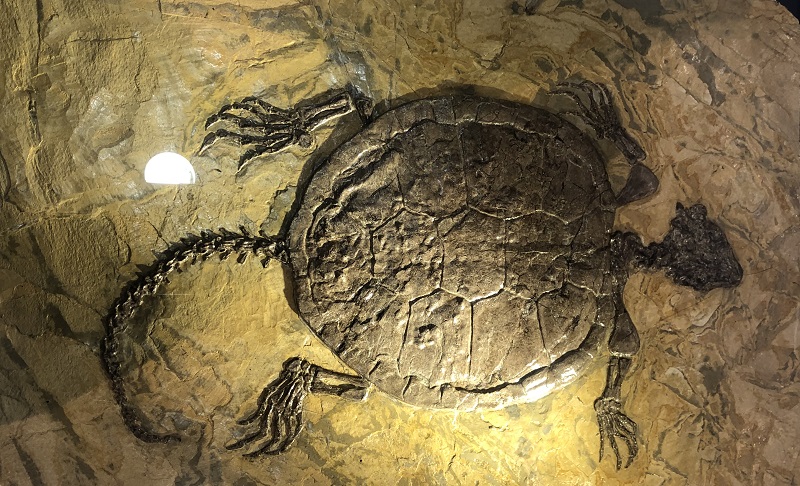Manchurochelys sp.
Age and Locality: Early Cretaceous, Liaoning Province. Manchurochelys is a genus of extinct turtles that lived during the Early Cretaceous period, approximately 125 million years ago. This genus is part of the family Sinemydidae, which includes a variety of ancient turtles known for their distinctive shell shapes and sizes. The fossils of Manchurochelys have been primarily found in the Yixian Formation in Liaoning Province, China, a site famous for its well-preserved fossils from the Early Cretaceous, providing valuable insights into the ecosystem of that era.




